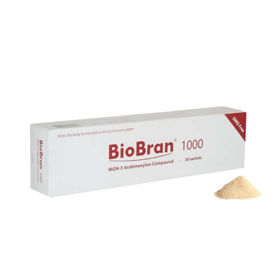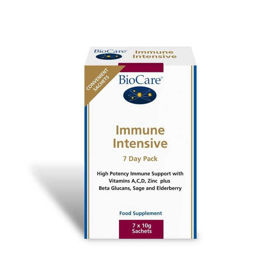Vprašanje stranke:
Kateri antibiotik se najbolj pogosto predpisuje za angino? Vprašanje anonimne stranke
Odgovor farmacevta:
Najpogosteje predpisan antibiotik za zdravljenje bakterijske angine je penicilin. Znotraj skupine penicilinov se lahko zdravnik odloči za predpisovanje amoksicilina ali penicilina V (fenoksimetilpenicilina). Te antibiotike običajno predpisujejo zaradi njihove učinkovitosti proti bakterijam, kot je Streptococcus pyogenes, ki je poznan in pogost povzročitelj bakterijske angine.
V nekaterih primerih, ko ne morete jemati penicilina ali če je bakterijska občutljivost drugačna, lahko zdravnik predpiše alternativne antibiotike, kot so azitromicin, klaritromicin ali cefalosporin. Pomembno je upoštevati navodila zdravnika in zaključiti celoten potek antibiotične terapije, tudi če se simptomi izboljšajo, da se prepreči ponovna okužba ali razvoj odpornosti bakterij na antibiotike. Izredno zanimivo branje tudi o angini pektoris - preverite.
Ali se angino lahko zdravi tudi brez antibiotikov?
Da, angino lahko v večini primerov zdravimo tudi brez antibiotikov. Angina, ki je virusnega izvora, ne zahteva antibiotičnega zdravljenja, saj antibiotiki ne delujejo proti virusom. Večina primerov angine je pravzaprav virusnih.
Za zdravljenje virusne angine se običajno priporočajo naslednji ukrepi:
- Počitek: pomembno je počivati, da telo lahko premaga okužbo.
- Pitje tekočin: pijte dovolj tekočine, da preprečite dehidracijo.
- Blage bolečine: za lajšanje bolečin in znižanje vročine lahko vzamete paracetamol ali ibuprofen.
- Grgranje slane vode: to lahko pomaga pri lajšanju bolečine in zmanjša vnetje grla.
- Topli napitki: napitki, kot je čaj z medom ali limono, lahko pomagajo pri lajšanju bolečin v grlu.
V nekaterih primerih, ko je angina bakterijskega izvora, lahko zdravnik predpiše antibiotike. Vendar pa je potrebno antibiotike uporabljati previdno, saj njihova nepotrebna uporaba lahko prispeva k razvoju odpornosti bakterij na ta zdravila.
Zanimivo branje: Angina pri otroku
Zanimivo branje: Streptokokna angina








 Facebook
Facebook
 Instagram
Instagram
 info@moja-lekarna.com
info@moja-lekarna.com

